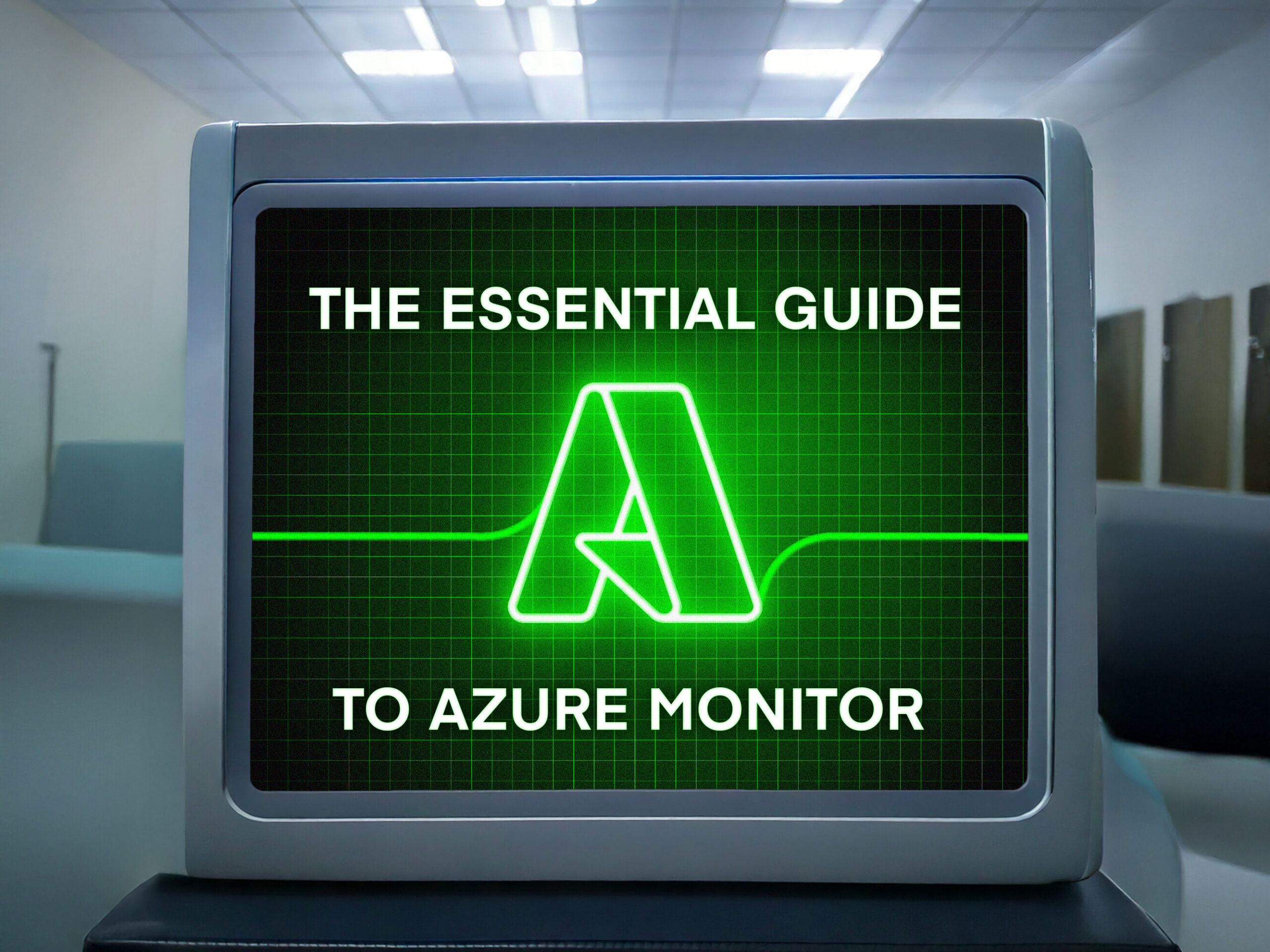After nearly 25 years of continuous service, ISDN channels are beginning to show their age. As more and more businesses migrate away from Integrated Services Digital Networks technologies we explore the reasons for the death of ISDN and the replacements on offer to businesses in more detail.

What is ISDN?
ISDN stands for Integrated Services Digital Networks. It is a standard developed to cover a range of mediums like voice, data and image services. Integrated Services Digital Networks channels were initially intended to provide end-to-end simultaneous handling of voice and data on a single link and network.
However, as technologies have evolved, these channels have struggled to keep up with the rate of change.
The decline and fall of the Empire
The number of ISDN channels used by businesses in the UK shrank from 4.7 million to 3.3 million in the five years between 2007 and 2012.
We can identify a number of causes behind this decline. For example, the greater proliferation of mobile phones has meant that fewer business people are reliant on legacy phone systems. Other factors, like the greater availability of high-speed internet and the inflated demand for more flexible/remote working arrangements have made IP telephony more attractive.
The increased desire for flexibility is at the heart of the ISDN decline. New internet-based telephony systems come with a number of different features as standard.
Internet systems like VoIP and SIP trunking can:
- Shift offices and keep the same geographic indicator (i.e. 0161, 0113, 0151, etc.) with no forwarding charge.
- Re-route calls to different ports or to mobile devices with ease
- Reduce call costs
- Deal with emergencies quickly
- Rationalise legacy ISDN lines
There has been a general feeling that telecoms operators would stop offering ISDN as an option for some time. This suspicion was confirmed earlier this year when Gavin Patterson, CEO of the BT Group announced that BT intends to migrate all of its customers on to the IP network by 2025.
Forward-thinking businesses are not waiting ten years to update their phones. They have already discovered the power of internet telephony – and rising uptake is driving the nail deeper into the coffin of Integrated Services Digital Networks.
Replacing an ISDN system
As better broadband becomes more widely available, at lower prices, the case for migrating to an internet-based alternative has become more compelling. Now no longer a ‘new’ technology, Internet Protocol communication services like VoIP and SIP trunking are coming to be seen as safe replacements by the vast majority of the IT community.
There are three main ISDN replacement products which are suitable for businesses of different sizes:
1. Hosted VoIP
A cheap and easy to deploy virtual telephone system. This product is perfect for smaller businesses which don’t currently have a physical onsite phone system.
2.SIP trunks
A SIP trunk is basically a digital port placed over your existing telephone system to give it a greater degree of flexibility. This ISDN replacement is suitable for businesses which have a phone system which is less than 5 years old.
3.Conversion box
This advanced product converts your ISDN signals to digital ones. They are suitable for larger businesses which have very old (5+ years) onsite phone systems.
If you want to learn more about replacing your ISDN technology, or want to see what the best fit for your company would be, get in touch. One of our expert team will be able to help guide you through the options and ensure you get the best fit for your organisation’s needs.



